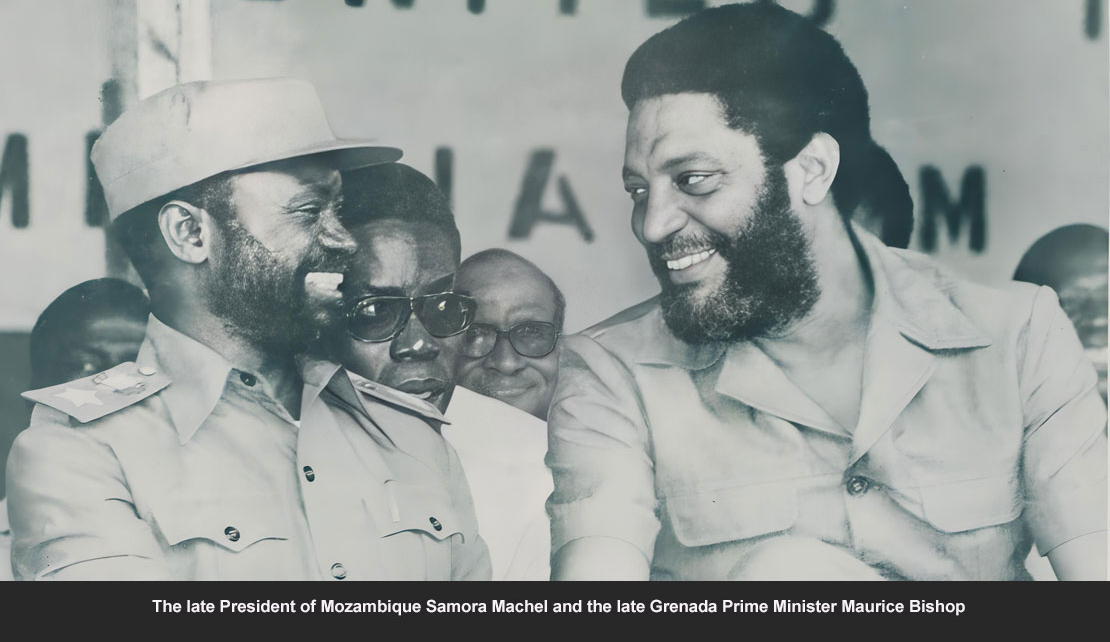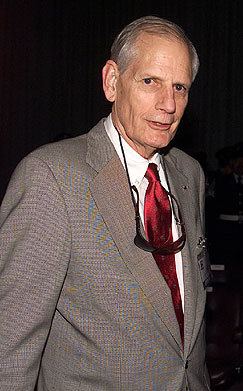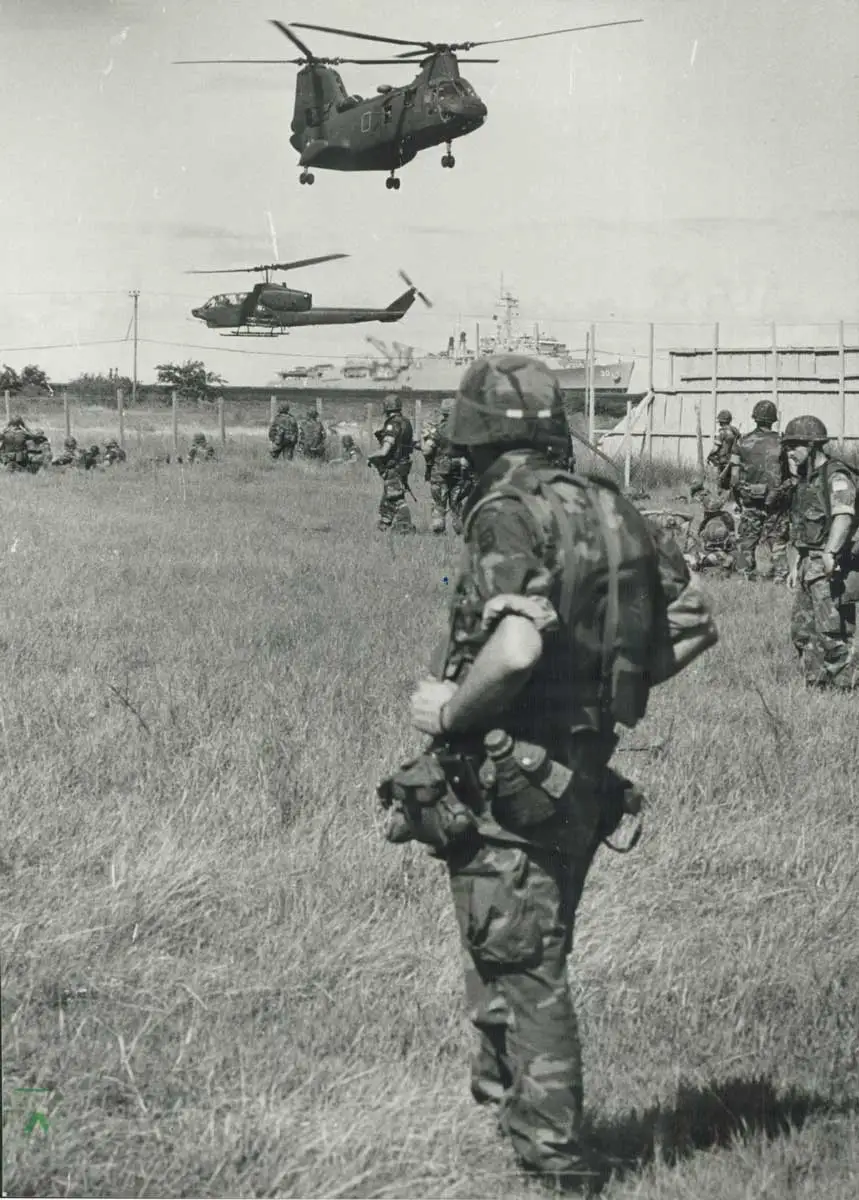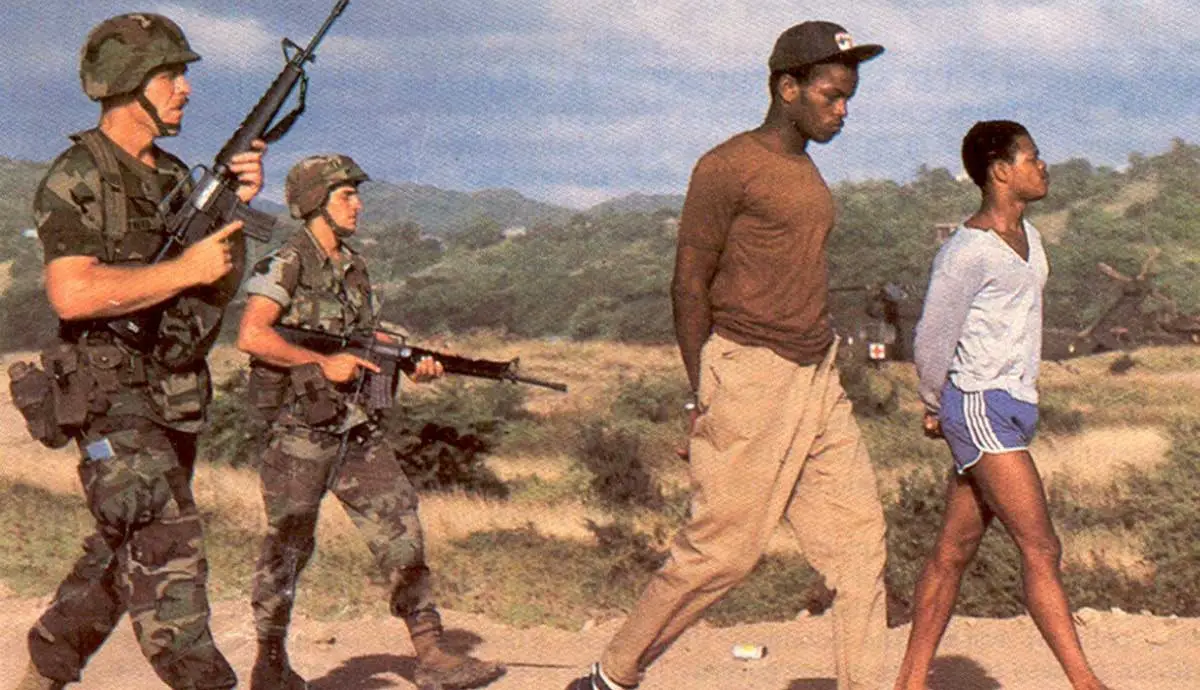GRENADA | Forty years after his Killing, Maurice Bishop’s body is yet to be returned to Grenada

MONTEGO BAY, Jamaica, Oct. 19, 2023 - October 19 2023 marks the 40th anniversary of the killing of Prime Minister Maurice Bishop and the invasion of Grenada by the United States, a significant and controversial moment in Grenada’s history.
But there is concern that the remains of former Prime Minister Maurice Bishop and his colleagues are yet to be returned to Grenada by the United States now forty years after its removal by the US Marines in 1983,

The CHRG said the families of those who were killed on Fort Rupert have the right to have closure and to be able to give the remains of their loved ones a decent burial.
”There is now conclusive documentary evidence that the remains of former Prime Minister of Grenada, Maurice Bishop were removed by the United States forces during their invasion in 1983 and that the Grenadian Government has been aware of this for some years.”
Reviewing extracts of an interview with the interim Charge d’ Affaires and Chief of Mission during the United States invasion of Grenada in 1983, Charles Anthony Gillespie, found in the Library of Congress, Gillespie made reference to a Grenada visit by a Congressional delegation on 4th November 1983 – ten days after the invasion on October 25, 1983.
Gillespie states: “They flew into Grenada, landing at Point Salines. I met them and got into the car with Congressmen Foley and Cheney and Assistant Secretary Motley.. . So, as we drove to the hotel where they were going to be put up, we started our major show and tell for these guys.

“We consider that it is reasonable to believe if Gillespie was able to point this out on 4th November, it is clear that the body / bodies had been discovered by the US forces much earlier than 9th November when they subsequently claimed,” a media statement from the human rights body said.
“Towards the end of the interview, Mr Gillespie indicates, “I returned to being Deputy Assistant Secretary of State for the Caribbean in March 1984. We haven’t covered a few small details involving the forensic examination of Maurice Bishop’s body.
I went out with a team from the Armed Forces Institute of Pathology. These guys were just remarkable going over those remains. They wanted to have me there so that I could understand what they were doing.”
Although it’s unclear whether Gillespie went out to the Armed Forces Institute of Pathology in (AFIP) in Washington DC, this is conclusive evidence that the US forces had the body of Maurice Bishop and that they subjected it to forensic examination. The body must therefore have been whole, which is contrary to what the jury were told by the prosecution in the trial of the Grenada 17,” the CHRG release continued.
That the US has the remains is confirmed in a recently leaked Government of Grenada cable from 2007 which states, “Assistant Secretary Thomas A. Shannon promised Mitchell in a one to one meeting in June, when the Prime Minister was in Washington for the conference on the Caribbean, that the USG (United States Government) would make another effort to search U.S. files to determine the location of the bodies of the former Prime Minister Maurice Bishop and members of his cabinet.” This is a clear admission that the U.S. has the remains, and that the Prime Minister was aware of this” the human rights body said.
The Tragic Events of October 19, 1983:

The U.S. Intervention:
The assassination of Maurice Bishop and the ensuing political chaos in Grenada raised concerns about the safety of American citizens on the island, which led to the United States’ decision to intervene. On October 25, 1983, the U.S. launched Operation Urgent Fury, a military invasion aimed at restoring order and protecting American lives. The intervention involved thousands of U.S. troops, who faced resistance from both Grenadian forces and contingents of Cuban construction workers stationed on the island.
Legacy and Controversy:
The U.S. intervention in Grenada achieved its primary objectives of stabilizing the country and ensuring the safety of American citizens. However, it remains a deeply controversial event. Critics argue that the intervention was an infringement on Grenada’s sovereignty and a display of American neo-colonialism. Others believe that the U.S. intervention was necessary to prevent further bloodshed and restore democratic processes on the island.

 En
En  Ar
Ar